TSA PreCheck Scams
TSA PreCheck is garnering a lot of interest, from both travelers and scammers alike. In addition to pocketing your renewal/application fee, these scammers take your personal information to sell on the dark web or create false identities that can be used illegally. TSA PreCheck scam emails are quite sophisticated, lacking many of the typical red flags such as misspellings, grammatical errors, and slightly-off-looking versions of TSA logos. We recommend that you continue to check the email address and web address of the sender, as well as how they’re asking for payment.
Always verify that the TSA PreCheck web and email address ends in ‘.gov’ – not ‘.com’, ‘.org’ or anything else. If they don’t, these are not official TSA PreCheck communications and you should not provide personal information or payment information. Additionally, don’t purchase or renew a TSA PreCheck membership by clicking on a link you were sent via an email. Instead, go directly to the TSA or Homeland Security website.
The other major red flag comes when it’s time to pay for your renewal or application fees. While there are multiple ways to make a payment for government services, scammers typically only give you the option of using PayPal. If you get an email and suspect it’s a scam, or end up clicking on a bad link yourself, TSA says to do the following:
- Report the fraud to your local Police Department.
- File a report with the Federal Trade Commission website.
- Contact your credit card company or bank and let them know about any fraudulent charges.
In the event that your credit card information ended up in the wrong hands, you will need to work through your bank or credit card company. TSA specifically states on its website that it “will not issue a reimbursement to applicants who attempt to enroll in TSA pre-check through a fraudulent website.”

